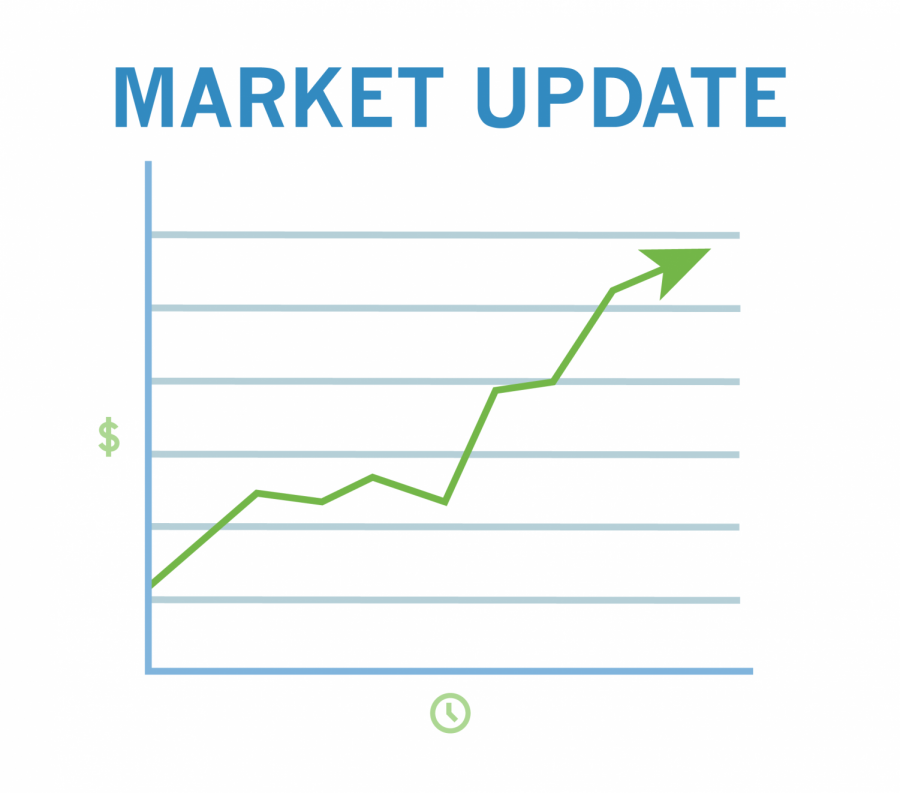Market Update – 2/22/2021
February 25, 2021
The U.S. Treasury saw its yields increase greatly, ending the week of Feb. 15 to Feb. 21 at 1.38%, compared to 1.24% at the start of the week.
This increase in yields came as investor confidence in the economy improved greatly, causing a wave of selling, making yields skyrocket.
This gain in confidence came as the government announced that both retail sales jumped 5.3% and industrial production increased 0.9% in January, with industrial production now resting below pre-pandemic levels.
Promising unemployment numbers have also helped to boost investor sentiment, as claims for unemployment benefits have gone down from the January peak of 900,000 to around 793,000, according to a report from the Department of Labor. This decline is expected to continue. “Things are really starting to improve again in the labor market,” Aneta Markowska, chief economist at Jefferies Group LLC, said.
Another aspect that is feeding into increased investor confidence in the U.S. economy is the rise in home sales, with existing sales increasing by 0.6% from December 2020 to January 2021, according to reports from the Natural Association of Realtors.
These gains come at a time when the supply in the housing market is quite low. The current shortage in homes for sales, combined with extremely low borrowing rates, is working to further increase demand and bolster prices.
This has left the median price of a home at $303,900 as of January 2021 a 14.1% increase when compared to last year. Yet, buyers are not discouraged, as Lawrence Yun, the chief economist of the Natural Association of Realtors has commented, “Sales could be even higher, but the inventory is simply not there.”
There has been worry regarding the supply of new houses as housing starts have gone down 6% in January, according to data from the Department of Commerce. There is some optimism regarding the building of new houses as residential permits, a good indicator for future home construction, have risen 10.4%.
While all of this seems productive for the economy, it could end up hurting growth as rising Treasury yields could make it harder for businesses and individuals to borrow money due to higher interest rates. There are also worries of inflation due to such a high increase in yields.
These macroeconomic trends regarding bond yields have been reflected in the three major indexes for the week of Feb. 15to Feb. 22as the S&P 500 has fallen 1.5%, the Dow Jones Industrial Average increased 0.6%, and the Nasdaq composite decreased 3.2%.
For the coming weeks, macroeconomic trends have to be the focus as they continue to influence the markets, with the coming $1.9 trillion stimulus bill possibly causing Treasury yields to increase even more.








